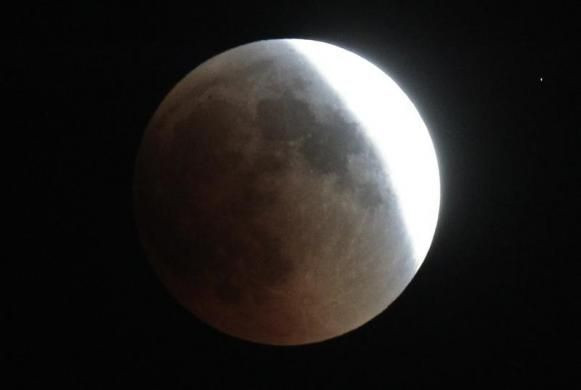
The last Lunar Eclipse of 2012 will take place on Wednesday, Nov. 28 and will be visible in Europe, East Africa, Asia, Australia, and Pacific, North America.
The Eastern United States and Canada will not see the eclipse since the moon is expected to be set already.
"The eclipse will begin at 7:15 a.m. EST (1215 GMT), when the moon first breaches the outer edges of Earth's shadow (called the penumbra)," Space.com reported. "Because the resulting change in color will be extremely faint, it will likely only be detectable to the naked eye after more than half of the moon has passed into the penumbra."
The Penumbral Lunar Eclipse occurs when the Moon passes through Earth's penumbral shadow. The outer or penumbral shadow is a zone where the Earth blocks part but not all of the Sun's rays from reaching the Moon.
Director of Nehru Science Centre Dr Arvind Paranjapye told Daily News and Analysis that the show can be seen by simply using a pencil.
"The penumbral shadow can be easily seen or demonstrated by holding an object such as a pencil or a ball in the sun and looking at its shadow," Paranjapye reportedly said. "If the object is closer to the ground or where it cast the shadow, the shadow is very sharp but as the object is moved away from screen the outer region becomes faint. This is the penumbral region of the shadow. The central part where the shadow is dark is the umbral region."
If you're not lucky enough to be in one of the aforementioned viewing locations, don't fret. Slooth will carry the lunar eclipse live.
WATCH PENUMBRAL LUNRA ECLIPSE http://events.slooh.com/ HERE.
© 2025 Latin Times. All rights reserved. Do not reproduce without permission.




